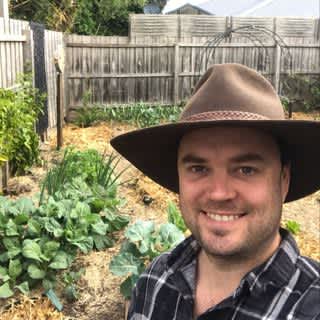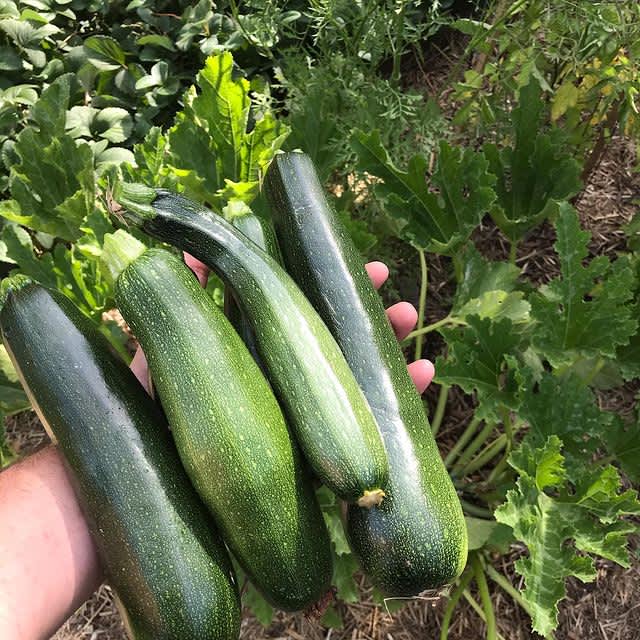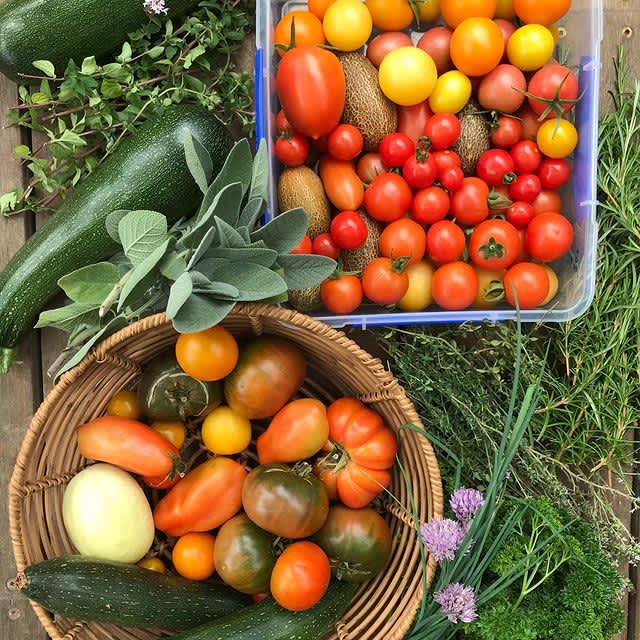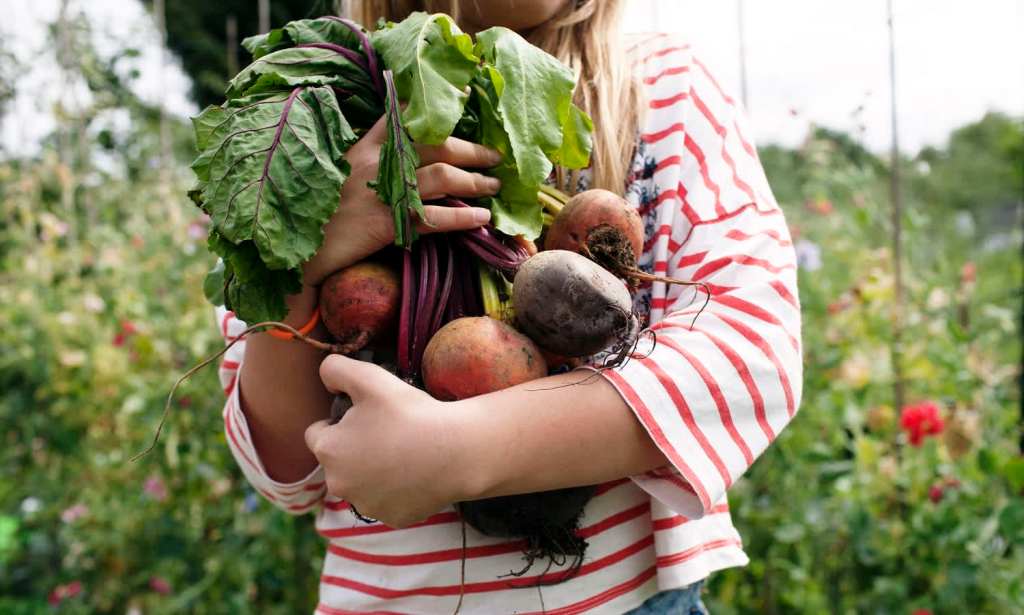Winter is coming. Like a drawn-out TV show about fire and ice, which we’re hoping won’t have quite as disappointing an ending, we can feel the inevitable coming as the temperatures drop and nights get longer.
A huge part of lockdown for many was getting involved in gardening (whether indoor or outdoor) and turning disused plots of land into veggie gardens which, hopefully, have become productive sources of sustainable and environmentally grown food you can use to supplement your weekly shop.
Now that the summer veggies have packed it in for another year, it’s time to start thinking about what’s going to be on your autumn and winter menus. For help with that, we’ve enlisted the sage advice of Insta-famous veggie gardener, Tim from The Aussie Veggie Patch.
He’s a proper green thumb with years of experience creating food from his garden and he’s helped us create this guide to what to plant for your autumn and winter vegetables.

Location, Location, Location
Australia is a big place with many varying climates, and depending on where you live will dictate what you can and can’t plant.
“Northern Australia’s different to Southern Australia. Up north, you’d be doing tomatoes, pumpkins, and capsicums. Whereas down south, it’s a totally different salad,” Tim says.
There are five or six different official growing zones across Australia. That’s Tropical and Equatorial, Subtropical, Desert and Grassland, Warm Temperate, Mediterranean, Cool Temperate and Alpine.
“While they’re all slightly different, most of the country will be getting into that winter stuff,” Tim explains.
It’s worth checking your growing zone online before you plant to find the exact right veg for your area.

What to Plant In Autumn
Down in Melbourne, where Tim’s veggie patch is, he’s planting dark, leafy vegetables. Basically, anything that doesn’t need to ripen in the sun, like fruits or above-ground veggies.
“At the moment I’m planting some early brassica crops. Brassicas include cabbage, broccoli, cauliflower, and kale. Next month, I’ll start to move in garlic and shallots.”
Tim says he’ll follow these up with onions and anything else from the allum family. “It’s very much a leafy sort of time to be planting. You can also get in lettuces, and crops lole silverbeets and spinach.”
Tim explains that vegetables like this will be fine in Victoria and New South Wales, but Queensland is a different story. While you’d be able to get away with lettuces and cauliflower in the cooler parts of Queensland, he recommends sticking clear of the brassicas for the moment.
Carrots will go okay in the cooler parts of the country and will just grow slowly over winter. Tim also suggests beans and peas could be a good option for cooler parts over the next few months.

Maximising Space
If you’re an urban gardener without a huge amount of excess space, Tim recommends growing things like kale, spinach, beans, and lettuce. These are “more productive” plants that you can take a few leaves or pods from when you need them and the plant will continue to provide more food through the season.
“If you’ve got limited space, cauliflower only produces one head per plant, so you’ll get one cauliflower and that plant will be done. Broccoli is the same, and if you’re short on space, you probably want to keep away from these.”
Tips for New Gardeners
If you’ve just been getting into the gardening thing and are not 100% sure of what you’re doing, Tim recommends making sure you’ve got a good, nutrient-dense soil to lay a strong foundation. The same goes for the seeds you start out with.
“Uuse a good quality seed mix,” Tim says “Same goes for potting mix, the cheap stuff is cheap for a reason in that it doesn’t really work. If you’re going to start from seeds, it’s worth investing in the potting mix that you’re going to use.
“And the same is true for once you’re in the garden. It’s worth investing in your soil since soil is where the food comes from. Plants that are in unhealthy soil will end up being unhealthy.”
As an insurance plan, Tim uses compost and organic matter. “I use aged cow manure, then I put on a really thick layer of compost to give lots of food to the plants for the growing season. I don’t even need to add fertiliser or anything on top of that.”
Read more stories from The Latch and subscribe to our email newsletter.







